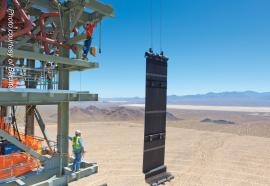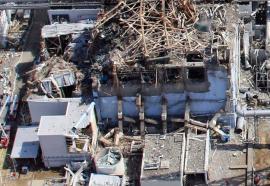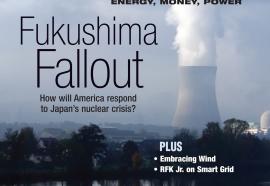Court to NRC: Skip Additional Post-Fukushima Review for Vogtle
Submitted by aburr on Sat, 2013-06-01 13:46The U.S. Court of Appeals for the District of Columbia Circuit has ruled that the U.S. Nuclear Regulatory Commission (NRC) wasn’t required to undertake a supplemental environmental impact statement (EIS) with respect to the proposed expansion of the Vogtle nuclear power plant in Georgia, despite the Fukushima Daiichi meltdown in 2011. The court stated that most of the lessons learned from the Fukushima experience pertained to public safety matters, which it said were clearly distinguishable from the environmental issues that EIS procedures are intended to address.









